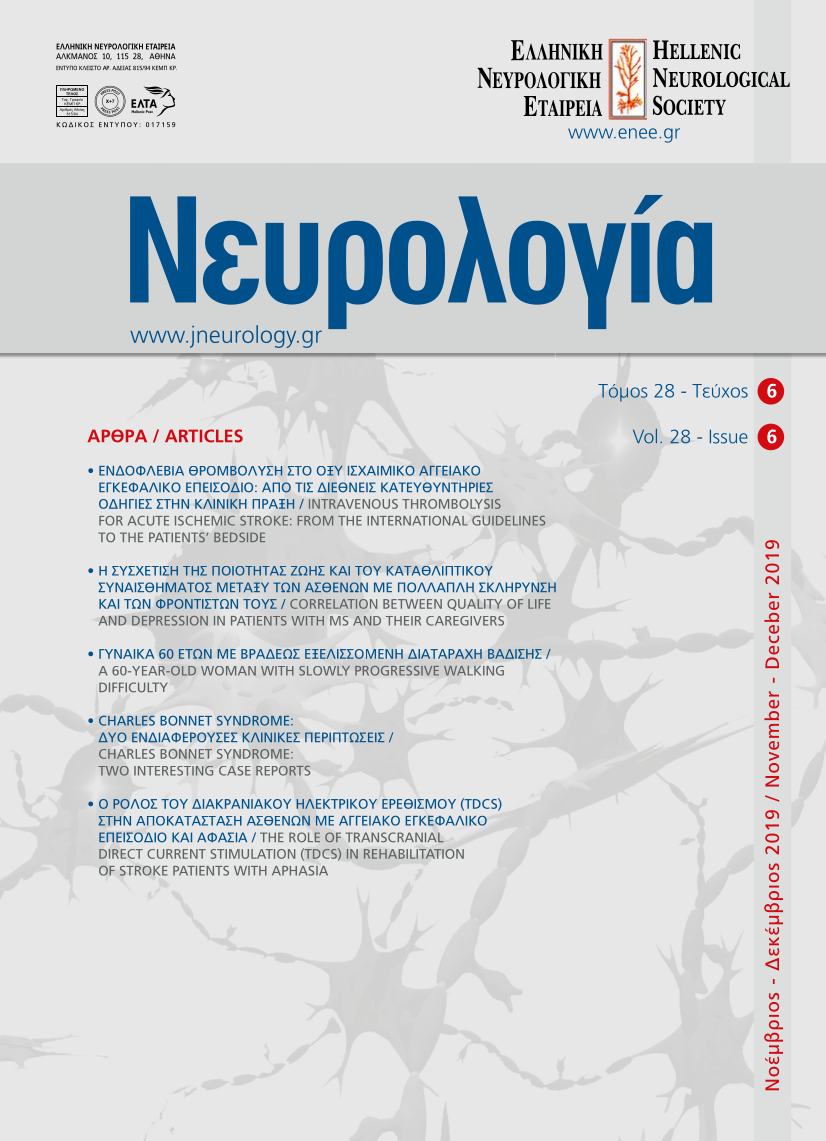The role of the nucleus accumbens in neurological disorders
Keywords:
dopamine, epilepsy, neurological disorders, nucleus accumbens, Parkinson’s diseaseAbstract
The nucleus accumbens is the most inferior part of the striatum and is connected to the limbic and extrapyramidal motor systems. As a functionally central structure between amygdala, basal ganglia, mesolimbic dopaminergic regions, mediodorsal thalamus and prefrontal cortex, the nucleus accumbens appears
to play a modulative role in the flow of the information from the amygdaloid complex to these regions.
Dopamine is a major neurotransmitter of the nucleus accumbens. It is considered as a neural interface
between motivation and action, having a key-role in food intake, sexual behavior, reward-motivated behavior, stress-related behavior and substance-dependence. It is involved in several cognitive, emotional and
psychomotor functions, altered in some psychopathology. Moreover it is involved in some of the commonest and most severe neurological disorders, such as Parkinson’s disease, epilepsy, Huntington’s chorea and
Alzheimer’s disease.


